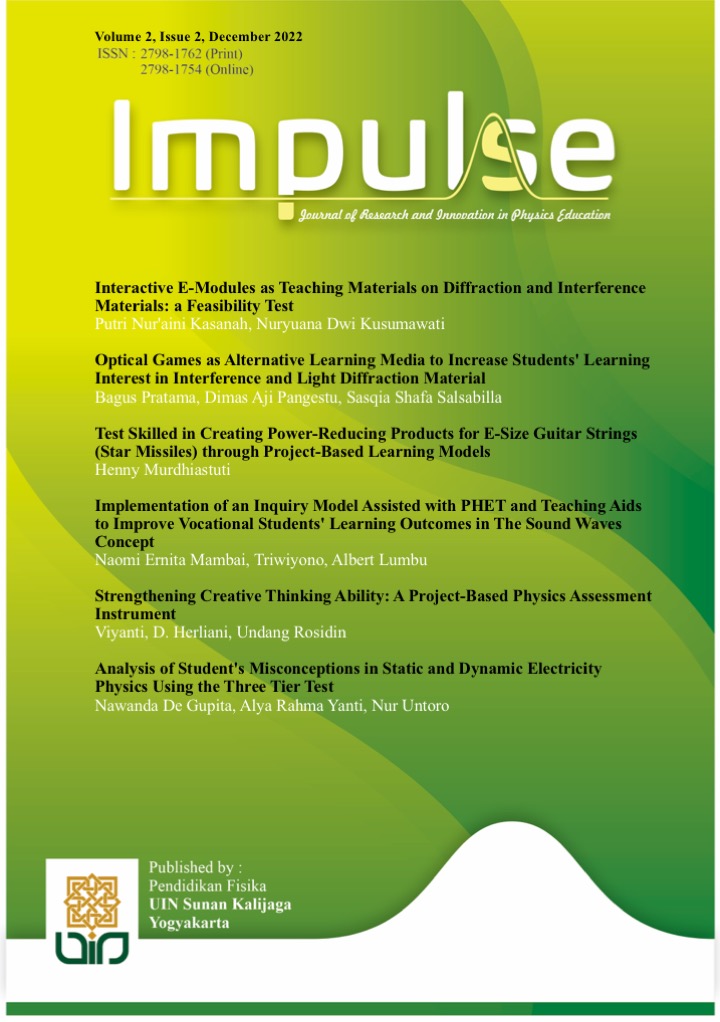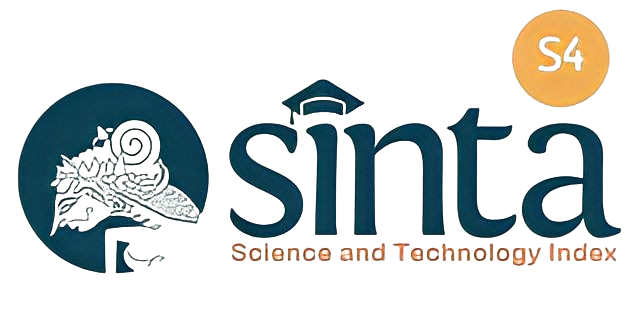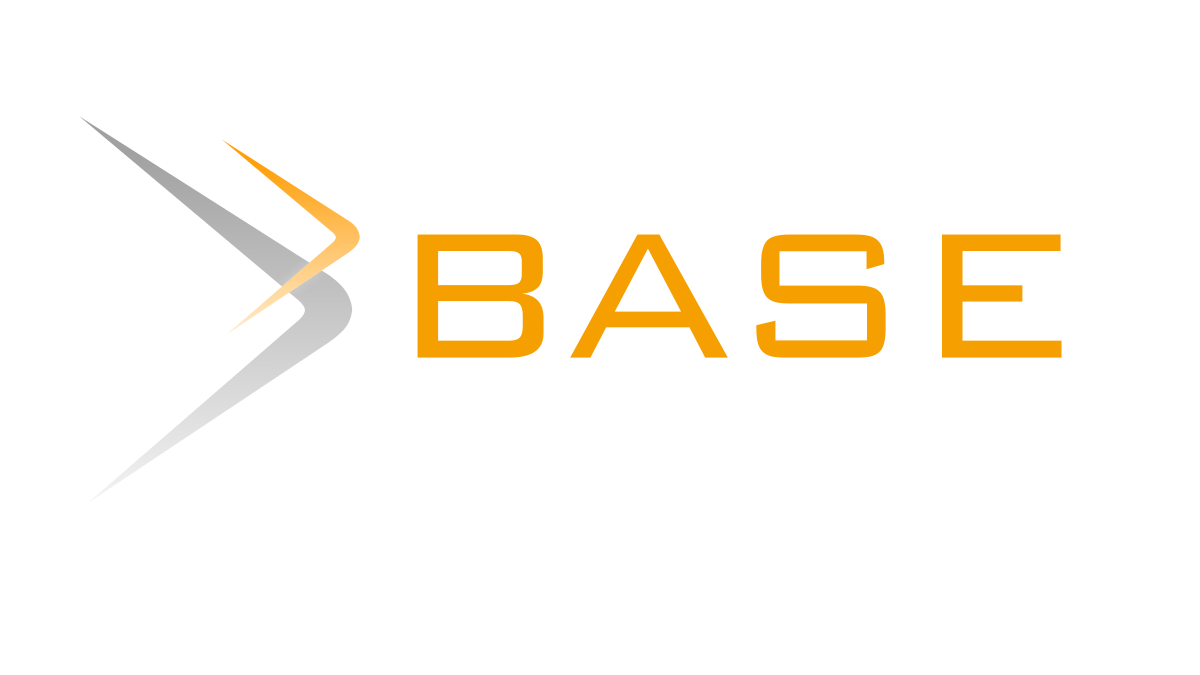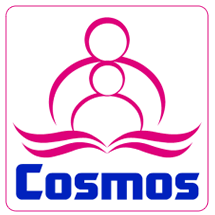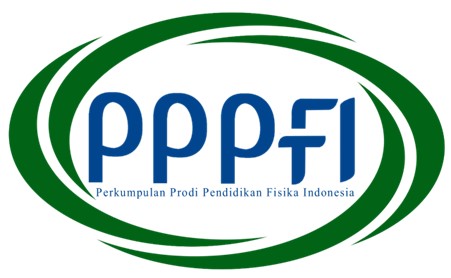Strengthening Creative Thinking Ability: A Project-Based Physics Assessment Instrument
DOI:
https://doi.org/10.14421/impulse.2022.22.05Keywords:
Assessment instrument, creative thinking skills, project-based learningAbstract
Creative thinking is one of the skills needed in education in the 21st century which requires students to think appropriately in accordance with relevant and diverse sources of information. This study examines students' creative thinking skills during project-based physics learning In the subject of work and energy. The study was conducted by 36 students in their first year of high school. It was obtained using a simple random sampling technique in one of the high schools in Kotaagung, Tanggamus. The assessment tool utilized in the study was a project assessment tool supported by a worksheet on business and energy materials. It was a valid, reliable, and useful instrument. According to the research's findings, 36 students achieved the following levels of creativity in each indicator: 1) fluency (69%); 2) flexibility (80%); 3) originality (69%); and 4) elaboration (68%).
Downloads
References
National Science Teacher Association, Quality Science Education and 21st-Century Skills. [Online] (http://www.nsta.org/about/ positions/21stcentury.aspx, accessed Februari, 28 2016), 2011.
Bacanli, H., Dombayci, M. A., Demir, M., & Tarhan, S.,”Quadruple thinking: Creative thinking. Procedia-Social and Behavioral Sciences, vol.12, pp.536-544, 2011.
Beers, S.. 21st Century Skills : Preparing Students For Their Future.[Online] http://www.yinghuaaca demy. org/wpcontent/uploads/2014/10/ 21st_century_skills.pdf accessed Oktober, 4 2015), 2011.
Yusnaeni et al., “Creative Thinking of Low Academic Student Undergoing Search Solve Create and Share Learning Integrated with Metacognitive Strategy”, International Journal of Instruction, vol.10(2), pp.245-262, 2017.
Suripah, S., dan Sthephani, A., “Students' Mathematical Creative Thinking Ability in Solving Roots of Complex Equations Based on Academic Ability Level (Kemampuan Berpikir Kreatif Matematis Mahasiswa dalam Menyelesaikan Akar Pangkat Persamaan Kompleks Berdasarkan Tingkat Kemampuan Akademik)”, PYTHAGORAS: Jurnal Pendidikan Matematika, vol.12(2), pp.149-160, 2017.
Marliani, N., “Improving Students' Mathematical Creative Thinking Skills Through the Missouri Mathematics Project (MMP) Learning Model (Peningkatan Kemampuan Berpikir Kreatif Matematis Siswa Melalui Model Pembelajaran Missouri Mathematics Project (MMP))”, Jurnal Formatif, vol.5(1), pp.14-25, 2015.
Johnson, S., Where Good Ideas Come From. New York: Riverhead books, 2010.
Susanto, Theory of Learning and Learning in Elementary Schools (Teori Belajar dan Pembelajaran di Sekolah Dasar). Jakarta: Kencana Prenadamedia Group, 2013.
Bacanli, H., Dombayci, M. A., Demir, M., & Tarhan, S., “Quadruple thinking: Creative thinking. Procedia-Social and Behavioral Sciences”, vol.12, pp.536-544, 2011.
Bayindir, N., & Inan, H. Z., “Theory into practice: Examination of teacher practices in supporting children's creativity and creative thinking”. Ozean Journal of Social Science, vol.1(1), 2008.
Alghafri, A. S. R., & Ismail, H. N. B., “The Effects of Integrating Creative and Critical Thinking on Schools Students' Thinking”, International Journal of Social Science and Humanity, vol.4(6), pp.518, 2014.
Richey R.C., & Klein J.D., Design and Development Research. In: Spector J., Merrill M., Elen J., Bishop M. (eds) Handbook of Research on Educational Communications and Technology. Springer, New York, NY, 2014
Cameron, S., and Carolyn C., Project-Based Learning Task for Common Core State Standards, Grade 6-8. United State of America: Mark Twain Media, Inc, 2014.
Arikunto, S dan Jabar, Educational Program Evaluation (Evaluasi Program Pendidikan). Revised Edition. Jakarta: Bumi Aksara, 2007.
Munandar, Utami, Pengembangan Kreativitas Anak Berbakat. Jakarta:Rineka Cipta, 2012.
Slameto, Learning and the factors that influence it (Belajar dan faktor-faktor yang mempengaruhinya). Jakarta : PT Rineka Cipta, 2003.
Beers, S., 21st Century Skills : Preparing Students For Their Future.[Online]http://www.yinghuaaca demy. org/wpcontent/uploads/2014/10/ 21st_century_skills.pdf accessed by October, 4 2015), 2011.
Wulandari, “Problem based learning to improve creative thinking skills and students' mastery of concepts in buffer solution material (Problem based learning untuk meningkatkan keterampilan berpikir kreatif dan penguasaan konsep siswa pada materi larutan penyangga)”, Jurnal Pengajaran MIPA, vo.l.16(2), October 2011, pp.116-12, 2011.
Rustaman, et al., Biology Teaching and Learning Strategies (Strategi Belajar Mengajar Biologi). Bandung: Universitas Pendidikan Indonesia, 2004.
Amtiningsih, S., Dwiastuti, S., dan Sari, D. P., “Increasing Creative Thinking Ability through the Application of Guided Inquiry combined with Brainstorming on Water Pollution Material (Peningkatan Kemampuan Berpikir Kreatif melalui Penerapan Guided Inquiry dipadu Brainstorming pada Materi Pencemaran Air)”, Proceeding Biology Education Conference, vol.13, No 1, pp. 868– 872, 2016.
Odja, A.B. dan Payu, C.S., Analisis Kemampuan Awal Literasi Sains Siswa pada Konsep IPA. Prosiding Seminar Nasional Kimia. Surabaya: Jurusan Kimia FMIPA Universitas Negeri Surabaya, 2014.
Widiansyah & Saputra, “Analysis of Reflective Learning Models in Improving Student Learning Outcomes in the Pancasila Education Course (Analisis Model Pembelajaran Reflektif dalam Meningkatkan Hasil Belajar Mahasiswa Pada Mata Kuliah Pendidikan Pancasila”, Cakrawala, vol.21(1), Maret 2021.
Yasir, M., Ibrahim, M., & Widodo, W., “Development of Metacognitive-Based Biology Learning Devices to Train Reflective Thinking Skills for High School Students. MIPA Teaching Journal (Pengembangan Perangkat Pembelajaran Biologi Berbasis Metakognitif untuk Melatihkan Keterampilan Berpikir Reflektif Siswa SMA)”, Jurnal Pengajaran MIPA, vol.20(2), pp.163-176, 2015.
Haerudin, “Application of the SAVI Method with an Inductive Approach and Increased Mathematical Creative Thinking (Penerapan Metode SAVI Dengan Pendekatan Induktif dan Peningkatan Berpikir Kreatif Matematis)”, Prosiding Seminar Nasional Pendidikan Matematika STKIP Siliwangi Bandung, vol.1, pp. 287- 291, 2011.

